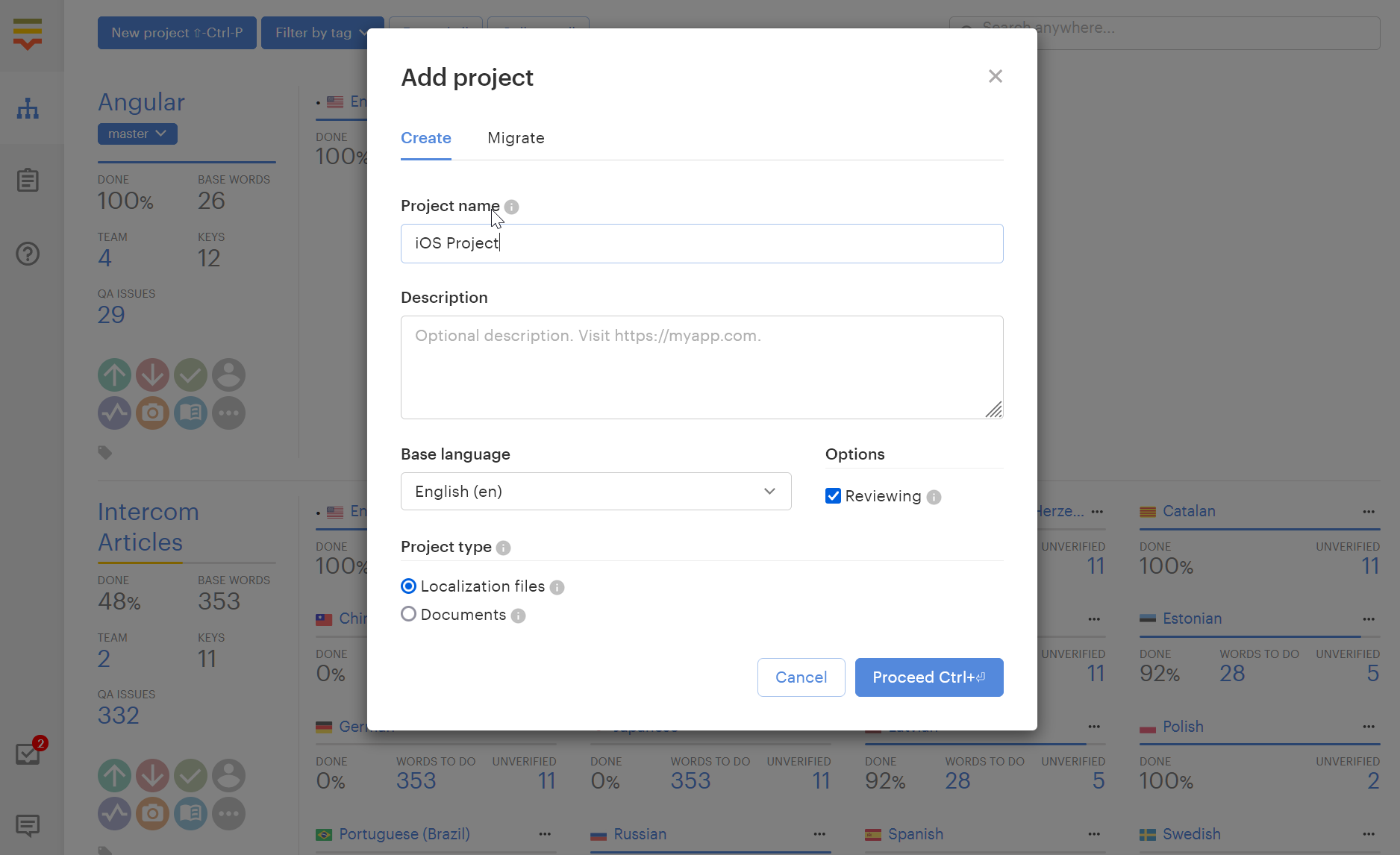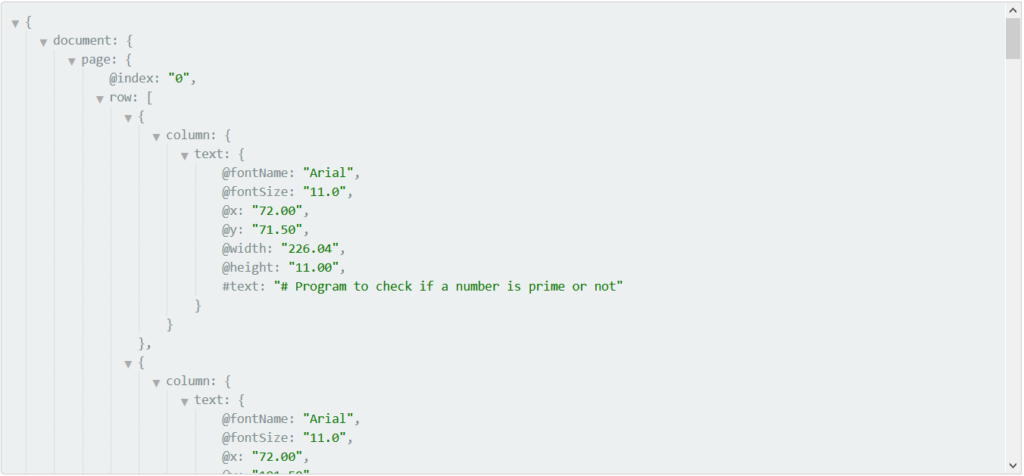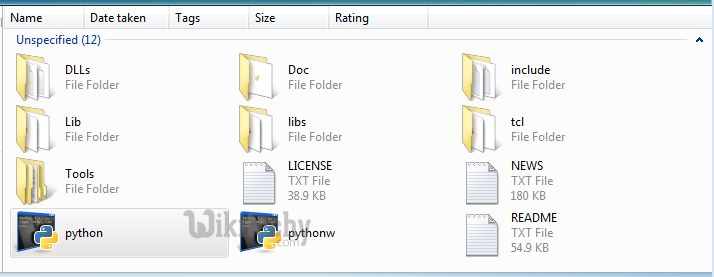

Here, we're checking if the Path object is a file or directory instead. The Path class of the pathlib module accepts a path as its argument and returns a Path object, that can be easily queried or chained further with methods and attributes: from pathlib import Path Pathlib simplifies working with filesystems as compared to os or os.path. Python 3.4 introduced the pathlib module, that provides an Object-oriented interface to work with the filesystems. Os.path provides us with the isfile() and isdir() functions to easily distinguish between a file and a directory: import osĭirpath = '/mnt/f/code.books/articles/python'įilepath = '/mnt/f/code.books/articles/python/code/file_dir.py'īoth of these functions return a Boolean value. Python provides the os module which is a standard Python package of functions, objects, and constants to work with the operating system. Let's say we have two placeholder variables dirpath and filepath identifying a local directory and file: dirpath = '/mnt/f/code.books/articles/python'įilepath = '/mnt/f/code.books/articles/python/code/file_dir.py' Using os.path

When we'd like to check if a path is empty or not, we'll want to know if it's a file or directory since this affects the approach we'll want to use. Distinguish Between a File and a Directory
#Python find file how to
In this tutorial, we'll learn how to check if a file or directory is empty in Python. If you are new to Python programming, I highly recommend this book.Python has a set of built-in library objects and functions to help us with this task.
#Python find file code
As in the code below: #!/usr/bin/env python We will test first if the file does not exist, if it does it will read the file else return an error. While the codes above work, we should always test if the file we want to open exists. Resulting in this code: #!/usr/bin/env python If you do not want to read the newline characters ‘\n’, you can change the statement f.readlines() to this: content = f.read().splitlines() The second part will iterate over every line in the variable contents. All of the lines read will be stored in the variable content. The first part of the code will read the file content. # This is because the lines contain the newline character '\n'. # We added the comma to print single newlines and not double newlines. # The function readlines() reads the file. The with keyword can be used to read files too. f = open( "filename.txt", "r")Īnother option is to remove the newline characters with the replace() method. The lines may include a new line character \n, that is why you can output using endl="". To output line by line, you can use a for loop. Save the file with name example.py and run it. The read method readlines() reads all the contents of a file into a string. Open editor of your choice and create new python script. The file needs to be in the same directory as the program, if not you need to specify a path.Ĭreate python script. This is a sample program that shows how to read data from a file.

They need to be opened with the parameters rb. Other files are considered binary and can be handled in a way that is similar to the C programming language. You can open regular files with the paramater r.

Python programming treats some files as text files, where lines are separated by newline characters \n. The Python programming language provides the ability to work with files using open(). Python Programming Bootcamp: Go from zero to hero But so far, we have not discussed how to read or write files. You have seen various types of data holders before: integers, strings, lists.


 0 kommentar(er)
0 kommentar(er)
